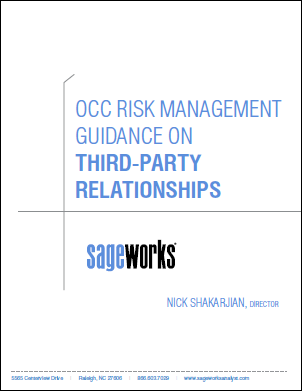ALLL Reporting: Model Validation

Within the 2006 Interagency Guidance is mention that “Policies should require periodic validation of the methodology.” This is widely interpreted to mean that institutions should conduct annual model validations to assess the adequacy of their model for the estimation of the ALLL.
The purpose of model validation is to ensure that the model used by financial institutions is both in line with GAAP and that it is used as intended. Part of model validation includes determining if the methodology is appropriate for the portfolio upon which the analysis is being conducted. This includes characteristics such as the composition of the portfolio, historical patterns of loss, past and current trends in asset quality and granularity and accuracy of grading systems.
Model validation should be conducted by unbiased parties to ensure the accuracy and efficacy of the ALLL calculation. It increases the defensibility of the ALLL to examiners, and ensures that the model in use is apt for the intended calculation.
Related Asset - Blog
How are banks performing ALLL model validation?
Excerpt Pulled From Blog:
"With increased examiner scrutiny around the allowance for loan and lease losses (ALLL) and the expected release of FASB’s CECL model, banks and credit unions are feeling additional pressure to have their ALLL models validated. "
Read More: https://www.alll.com/resource-center/banks-performing-alll-model-validation/
Related Asset - Webinar:
ALLL Model Validation: Are You Compliant With the 3 Main Components?
Related Asset - Slides:
ALLL Model Validation
